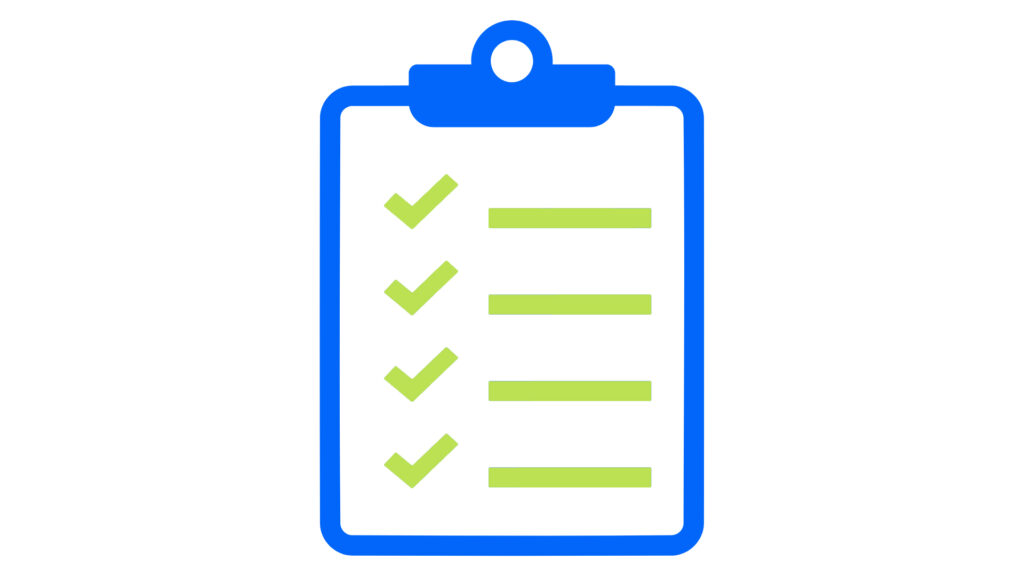Welcoming new employees into your organization is an exciting opportunity to set the stage for their success and integration into your team. An onboarding checklist serves as a roadmap, guiding both the new hire and the employer through the essential steps of the orientation process. By creating a comprehensive onboarding checklist, you can ensure that new staff members feel supported, informed and empowered from their first day onward. Here's how to craft an effective onboarding checklist:
1. Preparation and Welcome
- Prepare the new employee's workspace, including necessary equipment, supplies and access to technology.
- Send a welcome email or letter outlining the first-day logistics, including arrival time, dress code and any required documents.
- Assign a buddy or mentor to serve as a point of contact and provide guidance throughout the onboarding process.
2. Company Introduction
- Schedule an orientation session to introduce the new staff member to the company's mission, values, history and organizational structure.
- Provide an overview of company policies, procedures and employee benefits, including health insurance, retirement plans and paid time off.
3. Role and Responsibilities
- Review the new employee's job description, performance expectations and key responsibilities.
- Clarify reporting relationships, team dynamics and communication channels within the organization.
- Set clear objectives and milestones for the new hire's first week, month and quarter, aligned with the company's goals and priorities.
4. Training and Development
- Provide job-specific training on relevant tools, systems and processes required for the new role.
- Offer opportunities for skill development and professional growth, such as online courses, workshops or mentorship programs.
- Encourage the new employee to ask questions, seek feedback and proactively pursue learning opportunities to enhance their capabilities.
5. Integration and Networking
- Facilitate introductions to colleagues, supervisors and key stakeholders across the organization.
- Schedule informal meetings or virtual coffee chats to foster connections and build relationships within the team.
- Encourage participation in team meetings, group projects and social events to promote collaboration and camaraderie.
6. Feedback and Check-ins
- Schedule regular check-ins with the new employee to provide feedback, address any concerns and assess progress towards goals.
- Encourage open communication and create a supportive environment where the new hire feels comfortable expressing their ideas and opinions.
- Solicit feedback from the new employee about their onboarding experience and areas for improvement to enhance future orientation processes.
7. Follow-up and Continued Support
- Follow up with the new employee after the initial onboarding period to ensure a smooth transition and address any lingering questions or challenges.
- Provide ongoing support, resources and opportunities for professional development to help the new staff member thrive in their role.
- Celebrate milestones and achievements, such as completing probationary periods or reaching performance targets, to reinforce their value to the organization.
By following these steps and customizing the onboarding checklist to meet the unique needs of your organization and new hires, you can create a positive and productive onboarding experience that sets the stage for long-term success and engagement.


